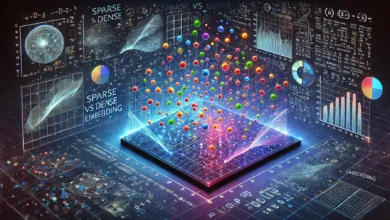Machine Learning Algorithms vs Machine Learning Models
In the field of machine learning, two important terms are often used: “algorithm” and “model.” While they are related, they refer to distinct aspects of the machine learning process. Understanding the difference between them is crucial for comprehending how machine learning works.
What is a Machine Learning Algorithm?
A machine learning algorithm is a set of rules and instructions that allows a computer program to learn patterns and relationships from data. It serves as the fundamental mathematical framework that drives the learning process. These algorithms define the procedures and steps used to process input data and generate meaningful output. Examples of machine learning algorithms include decision trees, support vector machines, and neural networks.
What is a Machine Learning Model?
A machine learning model, on the other hand, is the outcome or result of applying a machine learning algorithm to a given dataset. It represents the acquired knowledge and learned patterns within the data. The model is created by training the algorithm on a labeled dataset, where the desired output or target variable is already known. The trained model can then be employed to make predictions or decisions on new, unseen data
How is a Machine Learning Algorithm Different from a Machine Learning Model?
The primary difference between a machine learning algorithm and a machine learning model lies in their roles and functionalities. The algorithm is the underlying process that enables learning, while the model is the learned representation of the data.
To illustrate this distinction, let’s consider an example. Suppose we have a dataset containing information about various fruits, such as their weight, color, and texture, along with labels indicating whether they are apples or oranges. We want to develop a machine learning system that can classify fruits based on their features. In this case, we can utilize a machine learning algorithm, such as a decision tree algorithm, to learn the patterns and relationships between the fruit features and their corresponding labels.
After applying the decision tree algorithm to the dataset, we obtain a trained machine learning model. This model encapsulates the learned patterns and relationships between fruit features and labels. It can take the features of a new, unseen fruit as input and predict whether it is an apple or an orange based on the knowledge acquired during training. The model is the practical output that can be used for making predictions.
Summary
Machine learning algorithm serves as the foundational mathematical framework that enables learning from data, while a machine learning model represents the acquired knowledge and can be used to make predictions or decisions on new data. The algorithm is the core process of learning, while the model is the practical outcome that applies the learned knowledge.
***
Machine Learning books from this Author:



